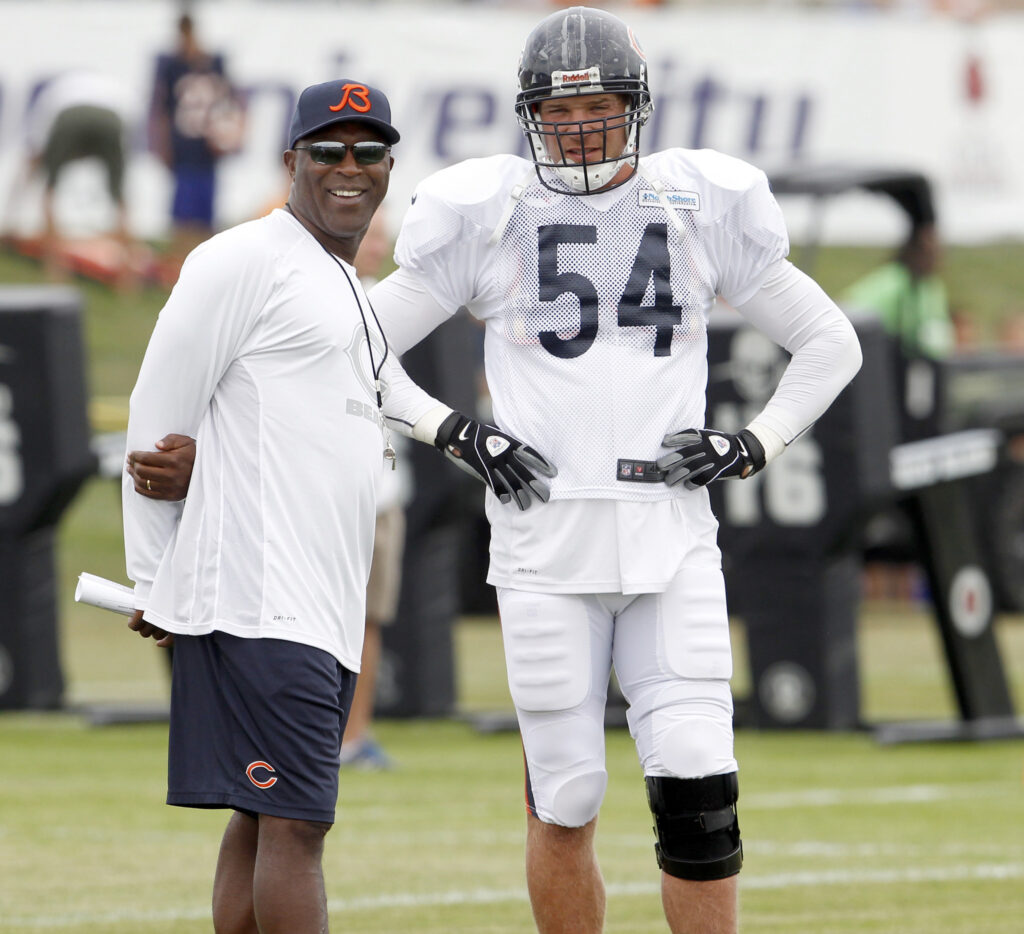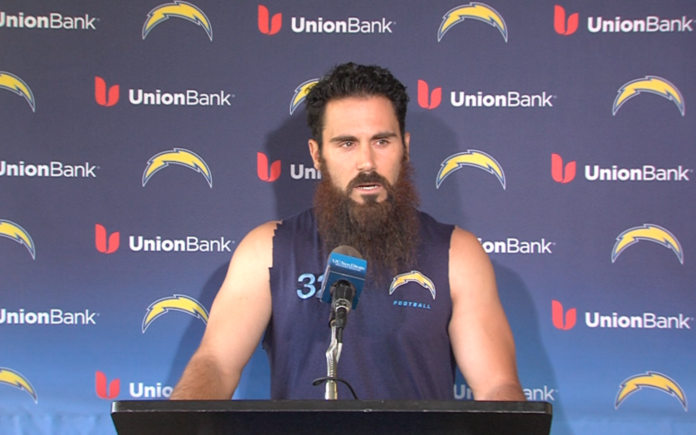Eric Weddle & Dez Bryant navigate the limits of player leverage in contract negotiations
NFL players face a significant challenge in contract negotiations, both at a collective and individual level.
On the larger scale, there’s no viable alternative league offering close to the same compensation, making it impractical for a player to sit out and hope for better terms in a collective bargaining agreement.
In contrast, baseball and basketball players have the option to play overseas or in other leagues where they can still earn a decent income.
While not as lucrative as the domestic options, they do provide alternatives.
Securing guaranteed contracts in the NFL remains a formidable task due to the lack of bargaining power.
The threat of not playing holds little weight because most players can’t afford to go without a paycheck for an extended period.
Careers in this sport are too brief, and the future is always uncertain.
This was particularly evident in the 2011 negotiations for the new collective bargaining agreement, where the owners understood that most players would opt not to sit out and endure financial losses.
This leverage was utilized to negotiate a CBA that favored the owners.

Navigating new contract negotiations can be a delicate matter, particularly for the player.
Franchise tags and the widespread practice of non-guaranteed salaries grant the team significant leverage in negotiations, constraining the influence players can exert in the process.
So, where do players find their footing? As exemplified by Dez Bryant of the Dallas Cowboys, who is vying for a substantial extension but has been hit with the franchise tag, and Eric Weddle of the San Diego Chargers, who is in the final year of his contract and not even engaged in talks with the team, players often resort to waging their battle through the media.
Negotiating through the media is one of the few advantages a player has in contract negotiations.
How does the media assist players in gaining leverage?
Well, initially, players rely on fans growing impatient when they see a vital contributor embroiled in a contract dispute.
They hope that fans will agree that the player is being undervalued or facing an unusual level of risk.
They trust that fans recognize a career-ending injury could drastically limit their earning potential, reducing it to just one year rather than several.
Players anticipate that fans will rally behind them because, in truth, the organization pays attention to public sentiment and will make concessions if the outcry is significant enough.
Teams are acutely aware that their success hinges on fan support. So, it holds merit to try and rally fan support during negotiations.
Yet, there is also a risk for the player to appear greedy or disconnected from reality.
Even if you’re paid millions in one year and then suffer a career-ending injury, it’s still more than what most Americans earn in a lifetime.
While it may not maximize your earning potential, arguing for “family security” can sometimes fall on deaf ears when the public knows you already have a substantial sum in the bank.
These tactics do carry a risk, but they are worth attempting when the player’s options are limited from the outset.
Everybody voicing opinions..13 mil is cool but Where is my security? I'll wait …5 years without complaining..So how am I selfish? #family1
— Dez Bryant (@DezBryant) June 17, 2015
Another reason why employing the media in negotiations can prove effective is because your teammates and coaches are not isolated from the world.
They’re active on social media platforms and monitor how negotiations unfold with their fellow players.
They witness how the team handles contract talks, and they may envision how they could be treated in a similar situation.
Furthermore, when players like Dez and Eric choose not to participate in offseason conditioning activities, it naturally raises questions about their absence.
Therefore, another strategy in negotiating through the media is for the players to position themselves as a significant yet reasonable source of distraction for the team.
By “reasonable,” it meant that the player aims to avoid being perceived as aggressive or self-centered.
The player is banking on the hope that teammates and coaches will rally behind him in the contract negotiations.
I recall a similar situation with Brian Urlacher during an offseason with the Chicago Bears.
Urlacher was holding out for a better deal and utilizing the media in negotiations.
When Chicago Bears head coach Lovie Smith was asked about the contract situation between Urlacher and the team during an interview, his responses notably supported the player.
Shortly after that interview, Urlacher secured a new deal and returned to the field.

In the grand scheme, resorting to media tactics is one of the few advantages a player holds in contract negotiations.
While aiming to garner fan empathy is a part of the strategy, it’s ultimately a gamble.
The player’s chances of winning over coaches and teammates are higher since their interests are directly linked to that player’s.
While it might seem wiser to conduct negotiations without public involvement, for most NFL players, utilizing any available leverage is paramount.
When used judiciously, the media can serve as a valuable tool in achieving the desired contract terms.
In the cases of Dez Bryant and Eric Weddle, whether these efforts will yield the intended positive effects remains to be seen…

